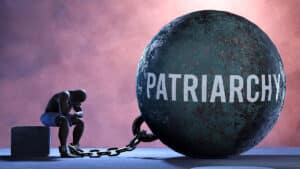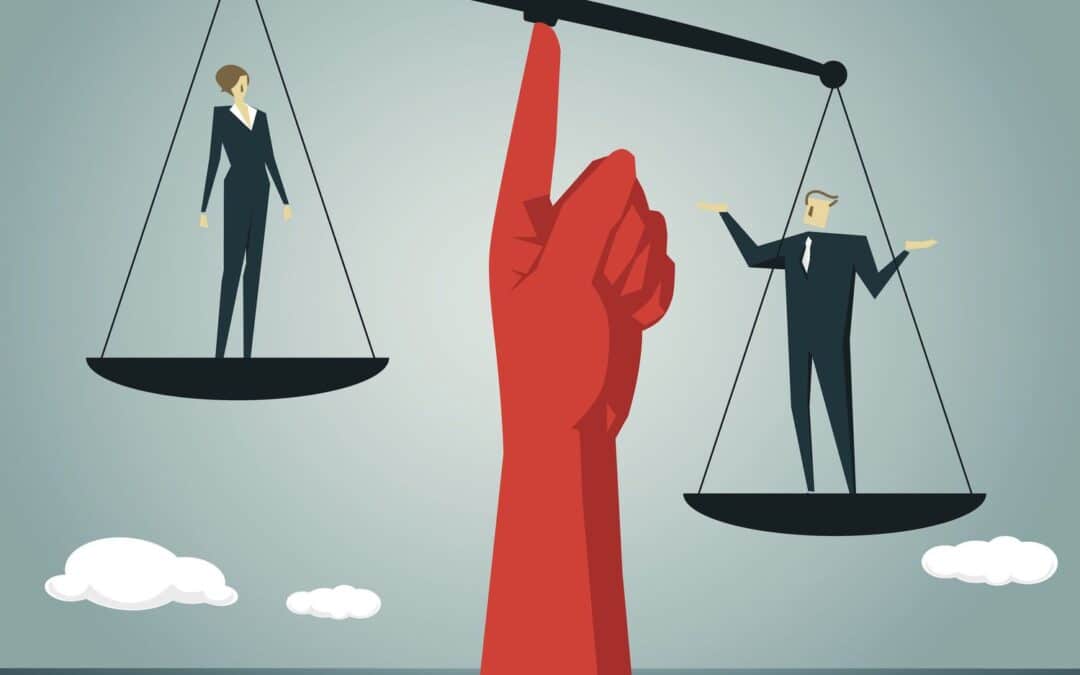Understanding Power Dynamics: Exploring Patriarchy Through Feminism
In a world molded by age-old power structures, patriarchy has long been the prevailing force, shaping societal norms and roles. However, in recent times, feminism has emerged as a formidable challenger, offering hope and progress in the quest for equality and justice. Let’s delve into the intricate interplay between power, patriarchy, and feminism, unraveling the complexities of this ongoing struggle.
Patriarchy, deeply entrenched in history, operates on the premise of male dominance, relegating women to subordinate positions in both public and private domains. From unequal pay to limited representation in leadership roles, its influence permeates every aspect of society. Yet, in the face of such adversity, feminism has risen as a beacon of change, advocating for gender equity and challenging the status quo.
At its essence, feminism aims to dismantle patriarchal systems, striving for equal rights and opportunities for all genders. Rather than vilifying men, it seeks to address systemic injustices that perpetuate gender-based discrimination. Through activism and education, feminists endeavor to create a more inclusive and fair society, where individuals are judged on merit, not gender.
However, confronting entrenched power dynamics necessitates more than just words; it requires action. Men, too, play a crucial role in dismantling patriarchy and advancing feminist ideals. By acknowledging their privilege, supporting women’s voices, and challenging sexist attitudes, they become allies in the fight for gender equality.
Furthermore, intersectional feminism acknowledges that the struggle for equality intersects with other forms of oppression, such as race, class, and sexuality. By centering the experiences of marginalized communities, intersectional feminism fosters a more comprehensive approach to social justice, recognizing that liberation for one group is linked to liberation for all.
As we grapple with power, patriarchy, and feminism, it’s essential to remember that change is gradual and requires collective effort. By standing together, amplifying marginalized voices, and challenging existing power structures, we move closer to a world where equality is not just an aspiration but a reality for all.
The journey toward gender equality is fraught with challenges, but it is also marked by moments of progress and transformation. Through the lens of feminism, we confront the influence of patriarchy, paving the way for a fairer and more equitable society. Let us continue to strive for equality, breaking down barriers, and building a world where power is shared, patriarchy is dismantled, and feminism flourishes.

